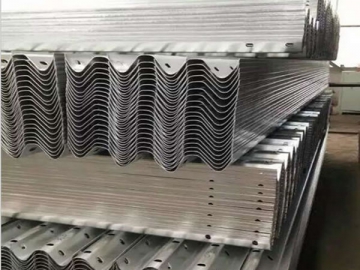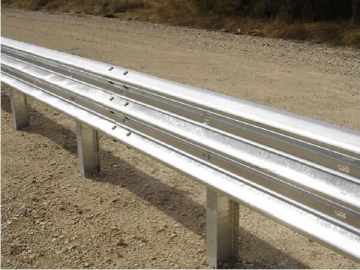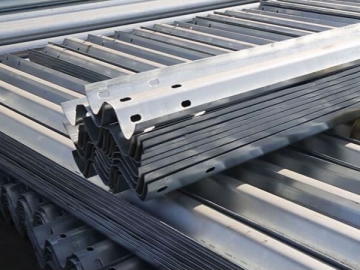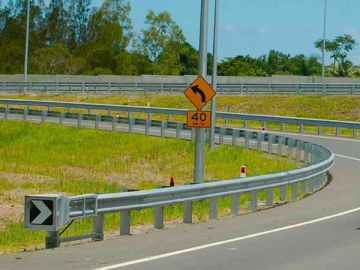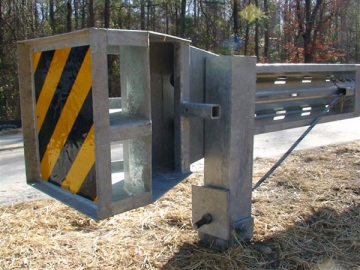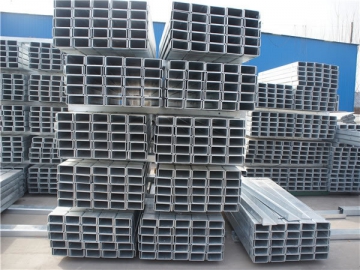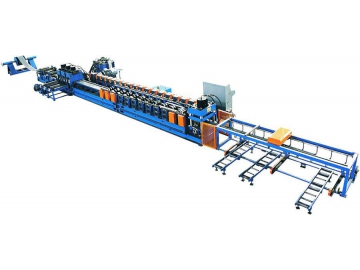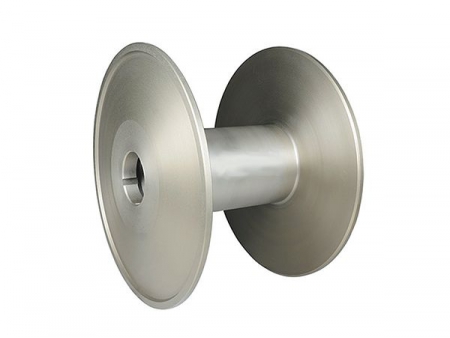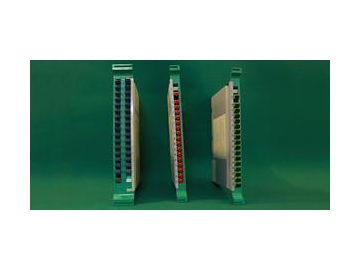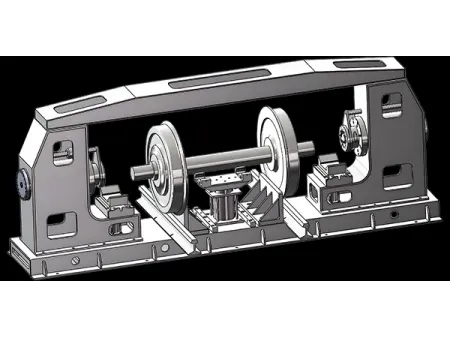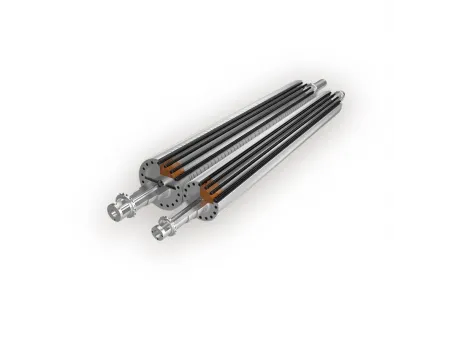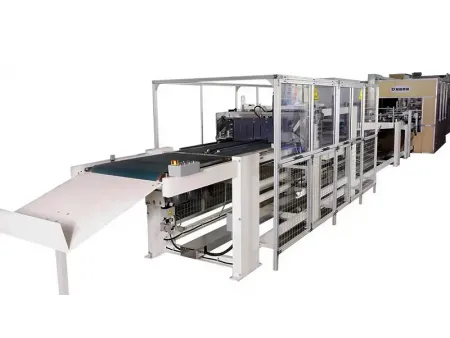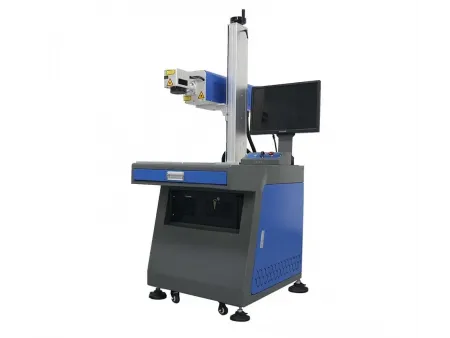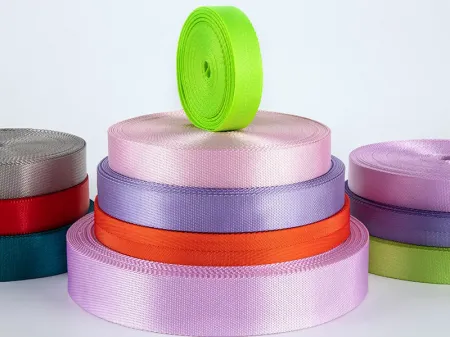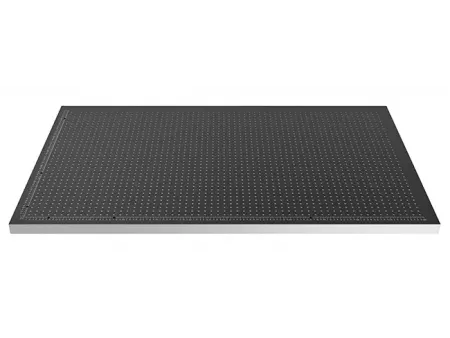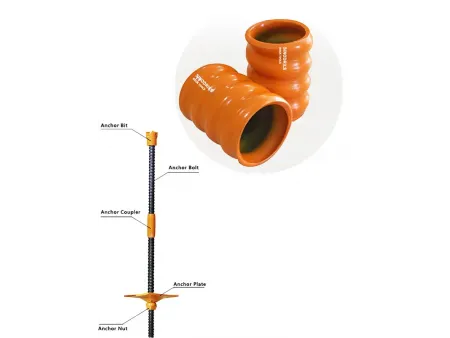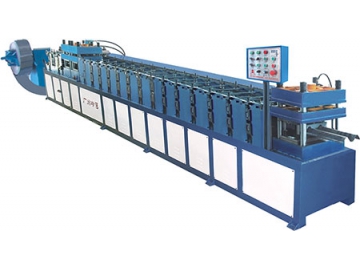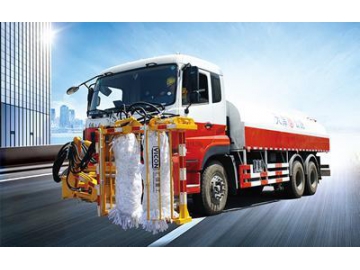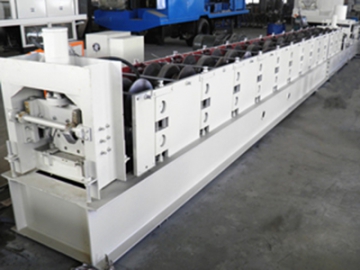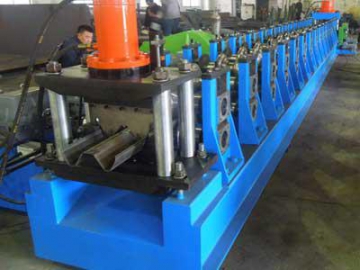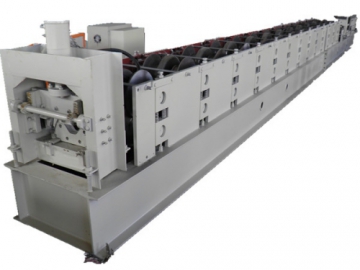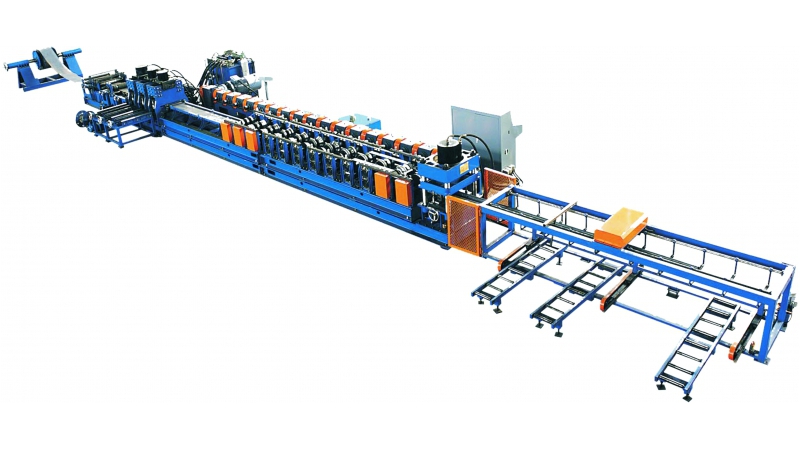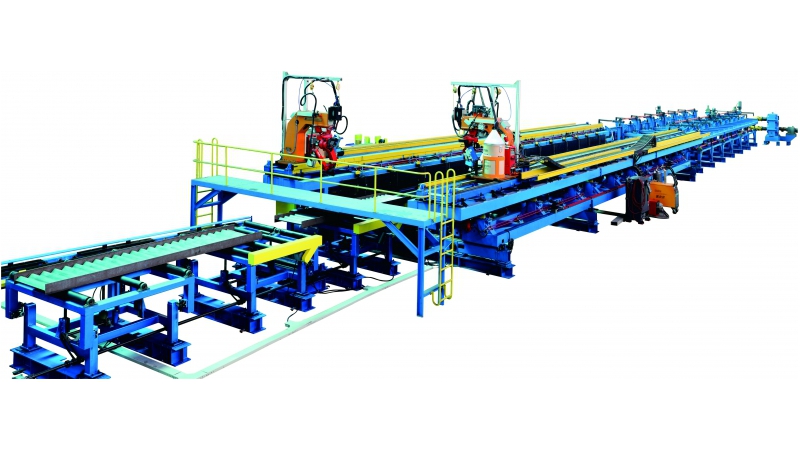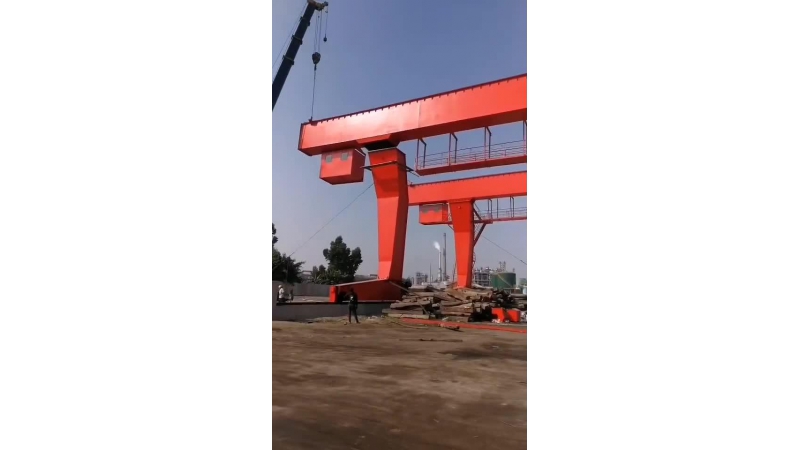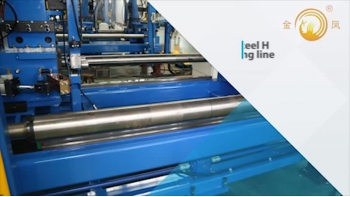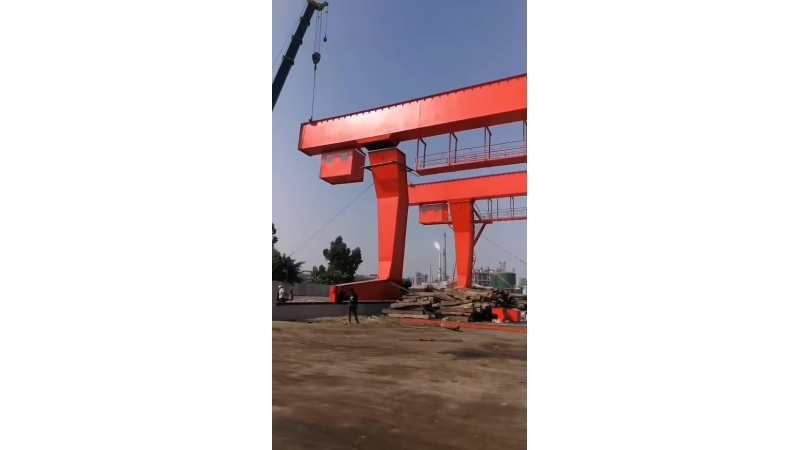Thrie Beam Guardrail
Highway Guardrail / Thrie Beam Barrier / Safety Barrier
Thrie beam Guardrails are essentially two W beam rails coming together to form a single structure. However, the thrie beam safety barrier design is stronger and can withstand higher impact forces. This makes the product more suitable for highway use where vehicle speeds are expected to be higher.
Specifications of Thrie-beam Guardrails| L * W * H (mm) | Materials | Plate Thickness | Length | Width | Height of Wave | Surface Treatment |
| 3500*506*83(85)mm | Q235B/ Q345B etc | 2.75/3/4mm | 3500mm | 506mm | 83(85)mm | Hot-dip Galvanization Zinc or Aluminum Coating or PLUS Plastic Sprayed Coating Weight 550-1220 g/m2 |
| 4128*506*83(85)mm | 2.75/3/4mm | 4128mm | 506mm | 83(85)mm | ||
| 4320*506*83(85)mm | 2.75/3/4mm | 4320mm | 506mm | 83(85)mm | ||
| Other specifications are available according to your requirements. | ||||||
Available Standard of Thrie-beam Guardrails
1) AASHTO M180 (Corrugated Sheet Steel Beams For Highway Guardrail - USA)
2) JT/T 281-2007 (Corrugated Sheet Steel Beams For Expressway Guardrail -China)
3) EN ISO1461, BS6399, BS6180:1999 (UK)
4) RAL RG620 (Germany)
5) Or tailor-make according to client's requirements.
Features of the steel thrie Beam guardrail
Stronger structure and higher impact resistance compared to W-beam barriers.
Steel thrie-beam guardrails show great structural integrity even in impact tests with large vehicles.
Premium steel structure made from high quality material (Q235B, Q345B), plated with anti-corrosion zinc or aluminum coating.
Application of the steel thrie beam guardrail
This thrie beam guardail is highly cost effective and widely used as a physical barrier to prevent vehicles from running off the road, especially mountain roads and bridges.
It is often used as a barrier for transition to high speed roadways, bridges, etc.
Why Thrie Beam Guardrail?
No offset block required.
Higher durability and strength compared to W-beam guardrails.
Capable of absorbing high energy impact forces.
Able to redirect moving objects at the proper impact angle.

